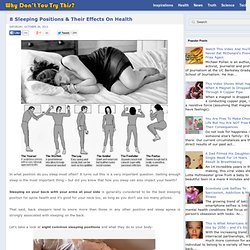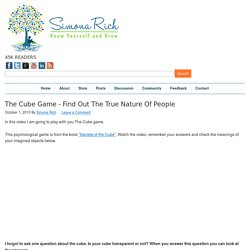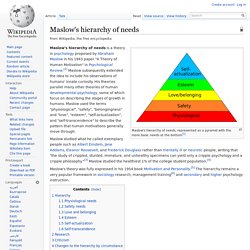

Got Your ACE Score? There are 10 types of childhood trauma measured in the ACE Study.

Five are personal — physical abuse, verbal abuse, sexual abuse, physical neglect, and emotional neglect. Five are related to other family members: a parent who’s an alcoholic, a mother who’s a victim of domestic violence, a family member in jail, a family member diagnosed with a mental illness, and the disappearance of a parent through divorce, death or abandonment. Each type of trauma counts as one. So a person who’s been physically abused, with one alcoholic parent, and a mother who was beaten up has an ACE score of three. There are, of course, many other types of childhood trauma — watching a sibling being abused, losing a caregiver (grandmother, mother, grandfather, etc.), homelessness, surviving and recovering from a severe accident, witnessing a father being abused by a mother, witnessing a grandmother abusing a father, etc. Prior to your 18th birthday: Now add up your “Yes” answers: _ This is your ACE Score 1. 2. 3.
Absolutely Everything You Need To Know To Avoid B... Refrigeration Without Electricity. Free tutorials on HTML, CSS and PHP - Build your own website - HTML.net. Vinay Gupta's Work. Surviving in the Wilderness. 8 Sleeping Positions & Their Effects On Health. In what position do you sleep most often?

It turns out this is a very important question. Getting enough sleep is the most important thing – but did you know that how you sleep can also impact your health? Sleeping on your back with your arms at your side is generally considered to be the best sleeping position for spine health and it's good for your neck too, as long as you don't use too many pillows. That said, back sleepers tend to snore more than those in any other position and sleep apnea is strongly associated with sleeping on the back. Let's take a look at eight common sleeping positions and what they do to your body: Learn More: Credits:Daily Health Post - Memolition.
The Cube Game - Find Out The True Nature Of People. In this video I am going to play with you The Cube game.

This psychological game is from the book “Secrets of the Cube” . Watch the video, remember your answers and check the meanings of your imagined objects below. I forgot to ask one question about the cube. Is your cube transparent or not? The Cube game answers: The Cube The first object in the desert, the cube, represents you. The bigger the cube, the bigger your ego. If the cube is made out of something solid and strong, it means that you are a strong person.
How you think about the cube represents how you think about yourself. If the cube is in the centre it means that you like the attention and you like to be praised. The color of the cube represents your personality. Here is a general guide to the cube colors: Black is the color of authority, elegance, sophistication. White symbolizes innocence, non-judgemental personality, objectivity, lack of strong opinions. Red is the color of dominance, power, love and sexual energy. Maslow's hierarchy of needs. Maslow's hierarchy of needs, represented as a pyramid with the more basic needs at the bottom[1] Maslow's hierarchy of needs is a theory in psychology proposed by Abraham Maslow in his 1943 paper "A Theory of Human Motivation" in Psychological Review.[2] Maslow subsequently extended the idea to include his observations of humans' innate curiosity.

His theories parallel many other theories of human developmental psychology, some of which focus on describing the stages of growth in humans. Maslow used the terms "physiological", "safety", "belongingness" and "love", "esteem", "self-actualization", and "self-transcendence" to describe the pattern that human motivations generally move through. Maslow's theory was fully expressed in his 1954 book Motivation and Personality.[5] The hierarchy remains a very popular framework in sociology research, management training[6] and secondary and higher psychology instruction. Hierarchy Physiological needs. DIY pearls. Macrame, Braids, String & Knots Crafts.
Self Actualisation. Learn how to code.